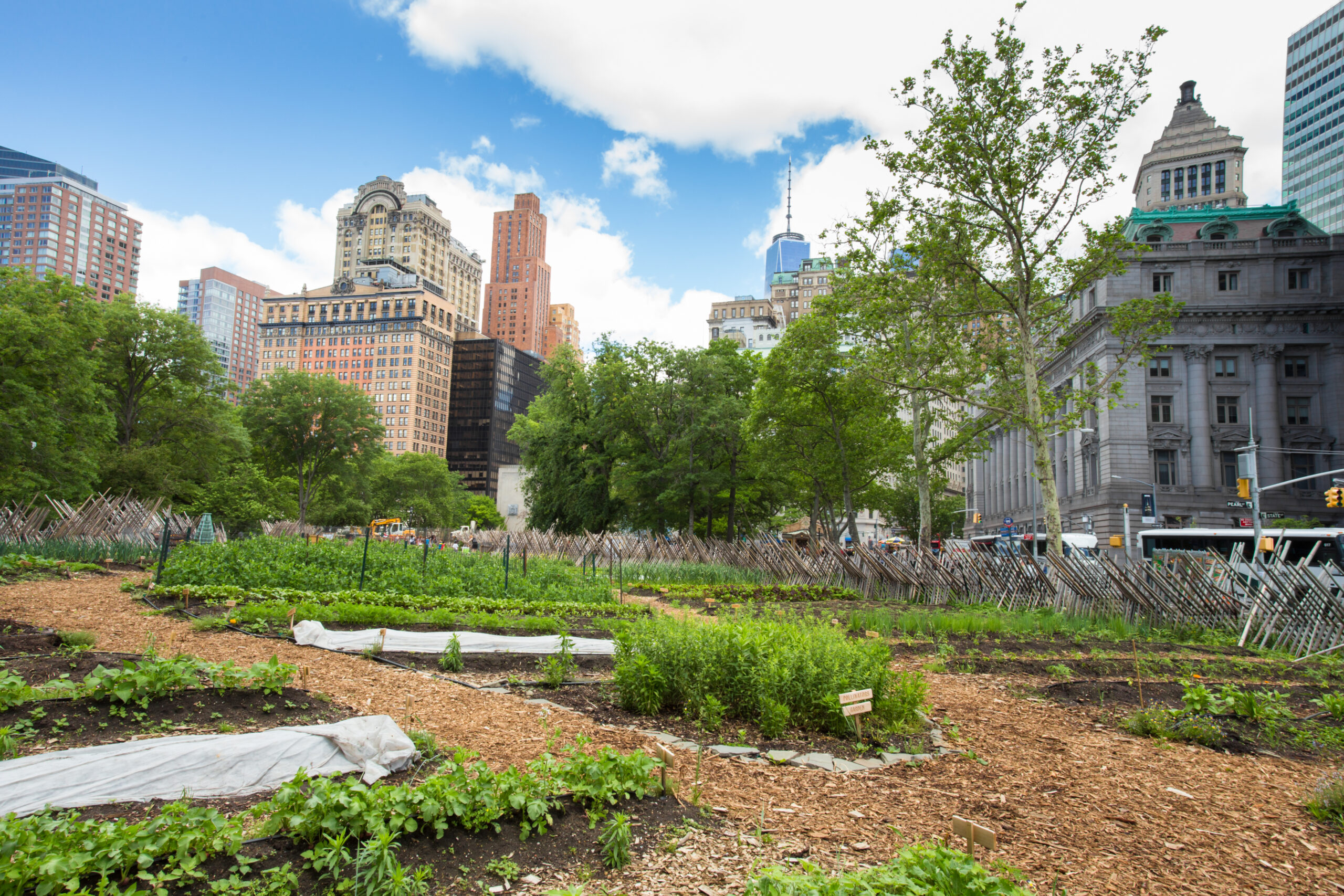The Best Strategy To Use For City Blooming
City Blooming - An Overview
Table of ContentsHow City Blooming can Save You Time, Stress, and Money.Not known Details About City Blooming The Only Guide for City BloomingLittle Known Facts About City Blooming.The 7-Minute Rule for City Blooming
Intrigued in growing food for sale in the City of Chicago? Below is a listing of often asked concerns relating to the guidelines and guidelines that farmers should take into consideration when planning a city agriculture job.
The zoning modification does not customize any kind of other codes taking care of composting, building permits, buying or leasing City owned home, company licenses or environmental contamination. There are existing codes that manage these issues and they stay completely effect and may be relevant to your project. Neighborhood gardens are commonly possessed or handled by public entities, public organizations or community-based organizations and preserved by volunteers.
Urban farms grow food that is meant to be offered, either on a not-for-profit or for-profit basis. Due to their business objective, city ranches call for a business certificate.
Little Known Facts About City Blooming.
Composting is permitted yet just for plant product that is generated and made use of on site. The quantity of garden compost material can not surpass 25 cubic lawns at any type of provided time according to the standards in 7-28-715 of the City's Municipal Code. Yes. Due to the fact that the soil at a lot of new garden websites needs changing, compost, soil, wood chips, or various other products can be gotten to build or enhance the expanding room - indoor plants.

If a structure permit is called for then the hoophouse will certainly be taken into consideration an accessory building. You can learn even more regarding the building permit needs by speaking to the Division of Buildings. The 25,000-square-foot size limitation is intended to stop a single area garden from controling a given block or taking away from the block's existing household or industrial personality.
The restriction does not apply to gardens found in Public Open Area (POS) areas. Can there be even more than one area yard that is 25,000 square feet on a solitary block? Secure fencing is not required, nevertheless, gardens that have big parking areas may be called for to install secure fencing or other landscape design attributes.
The Definitive Guide to City Blooming
B1 & B2 districts call for that all industrial use activities be conducted indoors. Is fencing needed for metropolitan ranches? Fencings may be required, along with landscape design and testing, for particular car parking locations and outside work or storage space areas depending on place and the particular activity taking area.
Urban farms call for building licenses and zoning approvals prior to construction (fruit and vegtables). Various other types of city testimonial may be needed depending on details structures, activities, size, landscape design, licensing, public health and stormwater management issues.
The Department of Organization Affairs and Consumer Security can assist identify the details kind of organization license that's needed. Off road car parking is needed for many business projects in Chicago. The required number of parking rooms is based on the number of employees functioning on website and not the square video footage of the growing room.
The Greatest Guide To City Blooming

An urban ranch can offer garden compost material generated on website, nonetheless, the operation should comply with the regulations in 7-28-715 of the Chicago Municipal Code. Aquaponic systems are allowed inside on city ranches in lots of zoning districts.
As much as 5 hives or swarms of honey may be kept as an accessory usage. Nonetheless, beekeepers have to sign up with the Illinois Department of Agriculture. For more details concerning the recommended zoning change you may contact the Division of Housing and Economic Development, Bureau of Preparation and Zoning at 312.744.8563.
Farming in cities and city areas An urban farm in Chicago. Urban farming describes different techniques of growing. https://disqus.com/by/cityblooming/about/, handling, and dispersing food in city locations. The term also uses to the location activities of animal husbandry, tank farming, beekeeping, and gardening in an urban context. Urban agriculture is distinguished from peri-urban farming, which takes place in country areas beside suburbs.
Our City Blooming PDFs
It can entail an activity of organic growers, "foodies" and "locavores", who seek to form social networks established on a common ethos of nature and community holism. These networks can create using official institutional assistance, becoming incorporated right into regional town planning as a "change community" activity for sustainable urban growth.
The extra straight access to fresh veggie, fruit, and meat products that might be know through city farming can enhance food safety and food safety and security while decreasing food miles, resulting in lower greenhouse gas discharges, consequently adding to environment change reduction. More Bonuses Several of the initial proof of city farming comes from Mesopotamia.